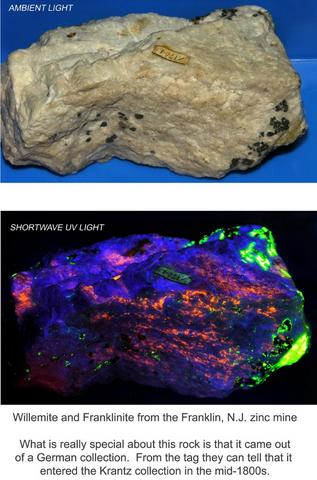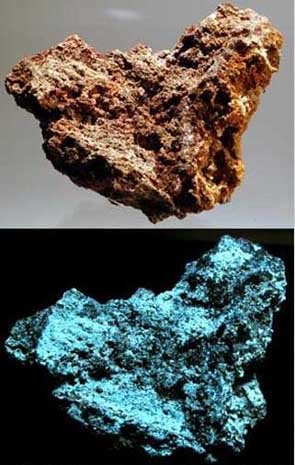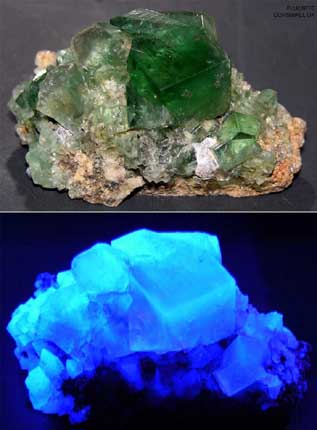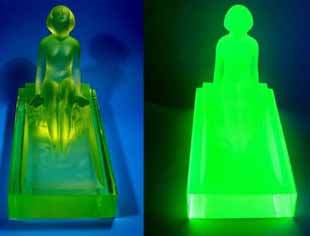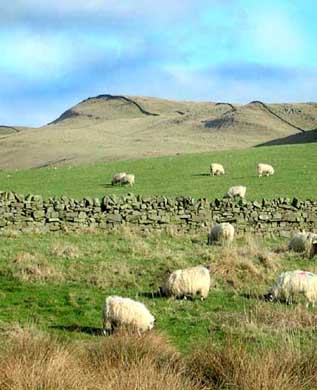Valley of Fires Lava Flow
North of Alamogordo in the Tularosa basin there is a large volcanic lava flow or Malpais (the Spanish word for bad land). The valley was filled with molten rock.
This lava flow is 44 miles (71 km) long and is 160 feet thick at its center. It is the youngest such formation in the continental United States.
There is a great diversity of animal life in the malpais. Mule deer, Barbary sheep,
 coyotes, foxes, and bobcats all inhabit this wild country. There are also many birds including Golden and Bald eagles.
coyotes, foxes, and bobcats all inhabit this wild country. There are also many birds including Golden and Bald eagles.One interesting property of many of the animals inhabiting the area is known as melanism. This is an evolutionary trait whereby they develop abnormally dark coloring which allows them to better blend into the dark rock of the environment. Conversely many of the very same species inhabiting the nearby White Sands National Monument have developed
 an abnormally light coloration.
an abnormally light coloration.As the wind has blown in soil a great variety of plants have grown in the crevices and depressions. This includes grasses, ferns, and cacti.
People have lived here since prehistoric times. They left behind shards of pottery and rock art pecked into the surfaces along the edges of the lava. I hiked to this grotto. Ten or more people could easily fit in here. The back wall and ceiling clearly shows evidence of many fires over the years. The ancient people eventually gave way to the Mescalero Apaches who occupied the area when the Europeans began colonizing the area.






